Understanding Curly Hair Tarantulas
The curly hair tarantula (Tliltocatl albopilosus), a popular pet tarantula species, is a fascinating creature. Native to the tropical dry forests of Central America, these spiders are known for their docile temperament and striking appearance. Their bodies are covered in a dense coat of dark brown to black hairs, interspersed with characteristic golden-brown or ‘curly’ hairs, which give them their name. Before delving into the intricacies of mating, a foundational understanding of the curly hair tarantula’s biology and behavior is crucial for successful breeding. Knowing their needs and recognizing their specific characteristics will significantly increase your chances of a positive outcome.
Characteristics of Curly Hair Tarantulas
Curly hair tarantulas typically have a lifespan of 10-15 years for females, while males usually live for a shorter period, around 5-8 years. They reach a leg span of up to 6 inches, making them a medium-sized tarantula. They are generally slow-growing and mature slower than some other tarantula species. These spiders are primarily terrestrial, meaning they live on the ground, and they are nocturnal hunters. They are relatively easy to care for, which adds to their popularity as pets, but successful breeding requires a deeper understanding of their specific needs during the mating process.
Identifying Males and Females
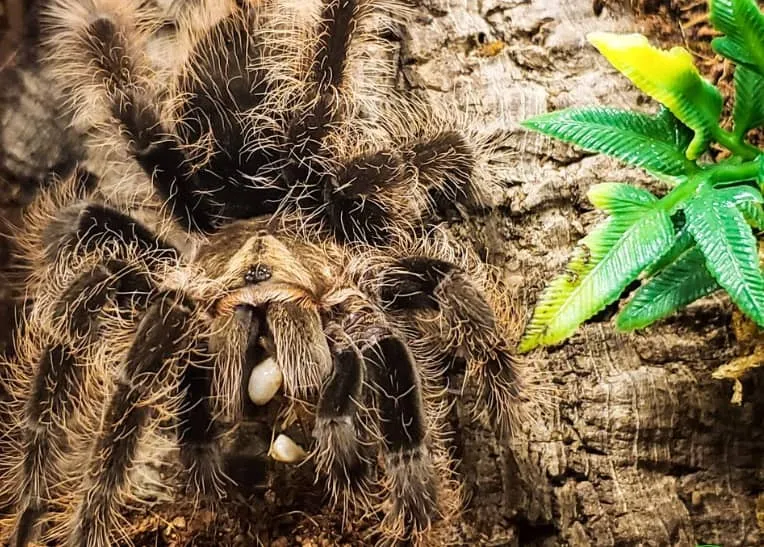
Sexing a curly hair tarantula is a critical step before attempting to breed them. The most reliable way to determine the sex of a tarantula is to examine their molt. As tarantulas grow, they shed their exoskeletons, known as molting. After molting, the shed exoskeleton, or exuvia, can be examined to determine the sex. Males possess specialized structures called tibial hooks on their front legs, used to hold the female’s fangs during mating. Females do not have these hooks, but they have a spermatheca, a structure in which they store sperm, which can be visualized on the exuvia. Other methods, like examining the abdomen for the presence of an epigastric furrow, may not always be accurate.
The Importance of Sexing
Accurately sexing your tarantulas is vital for successful breeding. Introducing two males can lead to cannibalism or the death of both spiders. Incorrect sexing also results in wasted time and resources. Therefore, confirming the sex of your tarantulas is a necessary prerequisite for breeding. If unsure, consult an experienced tarantula keeper or a professional for assistance in identifying the sex of your tarantulas. This will help ensure the safety of the tarantulas and increase your chances of successful mating and egg sac production.
Pre-Mating Preparations
Preparing your tarantulas for mating is just as crucial as the mating process itself. The goal is to create an environment that encourages mating behavior and optimizes the chances of fertilization. This includes providing an appropriate habitat and ensuring both tarantulas are in good health. Neglecting pre-mating preparations will likely result in the tarantulas’ disinterest in each other, or even worse, injury or death. Therefore, taking the time to plan and prepare is an investment in the success of your breeding endeavor.
Creating the Ideal Environment
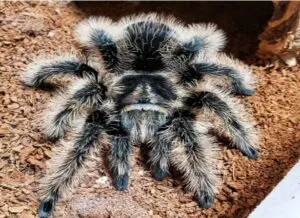
The enclosure setup plays a significant role in the success of breeding. Provide a spacious, well-ventilated enclosure for both the male and female. The size of the enclosure depends on the size of your tarantulas, but it should allow ample room for movement and the display of mating behaviors. The substrate should consist of a mix of coconut fiber, peat moss, and a small amount of vermiculite to retain moisture while allowing for burrowing. Include a hide, such as a cork bark or a hollow log, for the female to retreat to after mating, reducing the risk of cannibalism. Ensure the enclosure is free of any potential hazards and is a stress-free environment.
Optimizing Temperature and Humidity
Maintaining the correct temperature and humidity levels is essential. Curly hair tarantulas thrive in temperatures between 75-85°F (24-29°C). Use a heat mat or a low-wattage bulb to maintain the appropriate temperature. Humidity levels should be kept between 65-75%. Monitoring these levels with a hygrometer is essential. Misting the enclosure lightly once or twice a week, and ensuring a shallow water dish is always available, helps maintain the humidity. A well-regulated environment reduces stress on the tarantulas and encourages mating activity, increasing the chances of a successful breeding.
Feeding and Hydration
Both the male and female should be well-fed and hydrated before mating. A well-nourished female is more likely to produce a healthy egg sac. Feed them a varied diet of appropriately sized insects, such as crickets, roaches, or mealworms. Ensure the insects are gut-loaded with nutritious food before feeding them to your tarantulas. Provide a shallow water dish with fresh, clean water at all times to prevent dehydration. A hydrated and well-fed tarantula is more likely to be in good health and have a successful mating. Avoid overfeeding, as an obese tarantula might have difficulty during mating.
The Mating Process
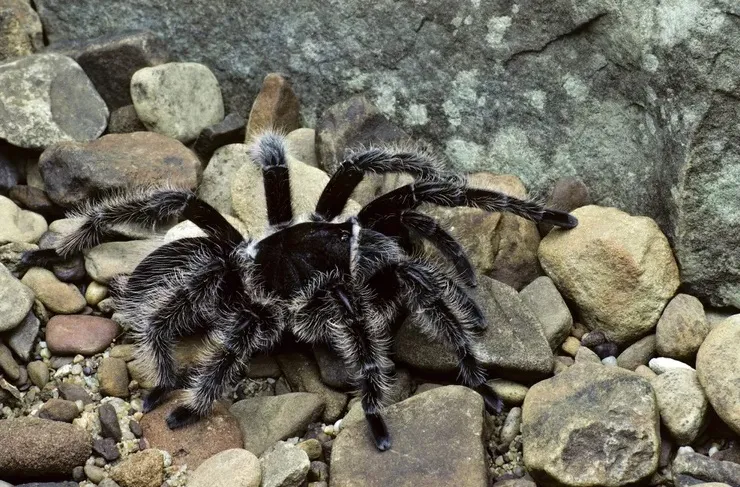
The mating process in curly hair tarantulas is a delicate dance that requires careful observation and intervention. Understanding the behaviors involved will increase the chances of a successful outcome. This is the critical period, where your preparation pays off. Knowing what to expect will allow you to act decisively, and help you troubleshoot any potential problems. Mating can be a stressful period for the tarantulas; thus, careful monitoring is crucial.
Introducing the Tarantulas
Introduce the male tarantula to the female’s enclosure. It’s important to supervise the introduction closely, as the female may see the male as a threat. The male will often drum on the ground, or web, as a form of courtship display. If the female is receptive, she will allow the male to approach. If not, she may become defensive or aggressive. The introduction should be carried out carefully and calmly to minimize any stress or the risk of injury to either tarantula. Be ready to separate them if the female shows signs of aggression.
Observing Mating Behavior
The male will approach the female, and if she is receptive, he will insert his pedipalps (specialized appendages containing sperm) into her epigastric furrow. This process can last from a few seconds to several minutes. The male may need to mate multiple times to ensure successful fertilization. Observe the process closely to identify potential problems. Any sign of aggression from the female should be taken seriously. The female’s behavior will indicate the success of the mating process, and you can learn from it to repeat with other tarantulas. Make detailed notes for future mating attempts.
Separation and Post-Mating Care
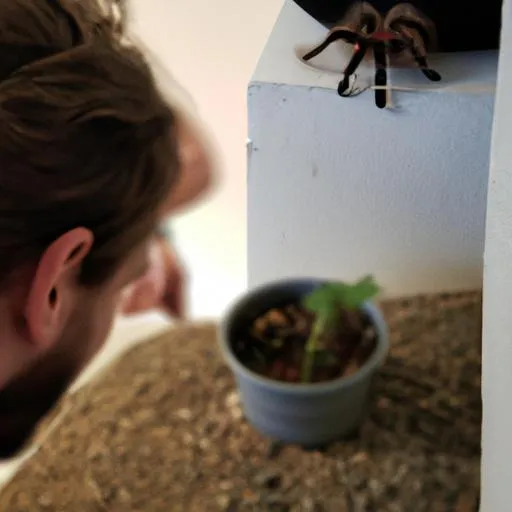
After mating, the male’s life hangs in the balance. The female may or may not try to eat the male immediately after the mating. The next step is to provide proper care for the female and prepare for the possibility of an egg sac.
Caring for the Female Tarantula
Remove the male from the enclosure immediately after mating or when the female shows signs of aggression. Return the female to her original enclosure. Provide her with an abundance of food to support the development of the egg sac. Maintain the appropriate temperature and humidity levels. Provide a clean water source. Be prepared for her to become more reclusive as she focuses on egg sac production. Monitor her regularly for any unusual behavior and ensure that her enclosure is clean and free of any potential hazards.
Egg Sac and Spiderlings
The female will typically lay an egg sac, which she will guard and protect. The incubation period varies, but it can take several weeks to a few months. Provide the female with undisturbed conditions during this time. Once the spiderlings hatch, they will go through their first molt. At this stage, they are very vulnerable and require a safe and controlled environment. Provide them with a supply of small, appropriately sized food items, such as fruit flies or pinhead crickets. Careful monitoring of the spiderlings will increase the chances of healthy growth and survival.
Potential Challenges and Troubleshooting
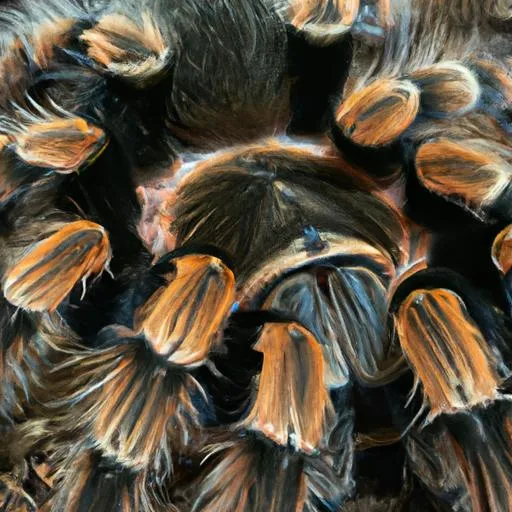
Breeding tarantulas is not always a straightforward process. Several challenges can arise during different stages, requiring quick and decisive action. Being aware of these challenges and knowing how to troubleshoot them will significantly increase the chances of success. These include everything from male tarantula safety to dealing with rejection.
Male Tarantula Safety
The most significant challenge is the risk to the male. Always monitor the mating process closely, and be prepared to separate the tarantulas immediately after mating. If the female shows any signs of aggression, such as lunging or threatening postures, remove the male immediately. Some breeders use a long pair of tongs to quickly remove the male, minimizing the risk of injury. Protecting the male is of paramount importance to prevent injury or death.
Dealing with Rejection
Sometimes, the female may not be receptive to the male’s advances. She may act aggressively or ignore his courtship display. If the female rejects the male, separate them and try again later. It may take several attempts before the female is receptive. Ensure that all the environmental factors are optimal. Try introducing the male again a few weeks or months later. Patience is key, and success is not always guaranteed on the first attempt. If the female consistently rejects the male, there may be an underlying factor, such as stress or health issues.
Conclusion

Breeding curly hair tarantulas can be a rewarding experience. Successfully breeding curly hair tarantulas requires careful planning, preparation, and observation. From identifying the sexes and preparing the environment to the mating process, and post-mating care, each stage presents unique challenges and rewards. By understanding the intricacies of their biology, behavior, and needs, you can increase your chances of a successful breeding experience. Remember to prioritize the well-being of your tarantulas and consult experienced keepers for guidance. With patience and dedication, you can contribute to the fascinating world of tarantula breeding.
